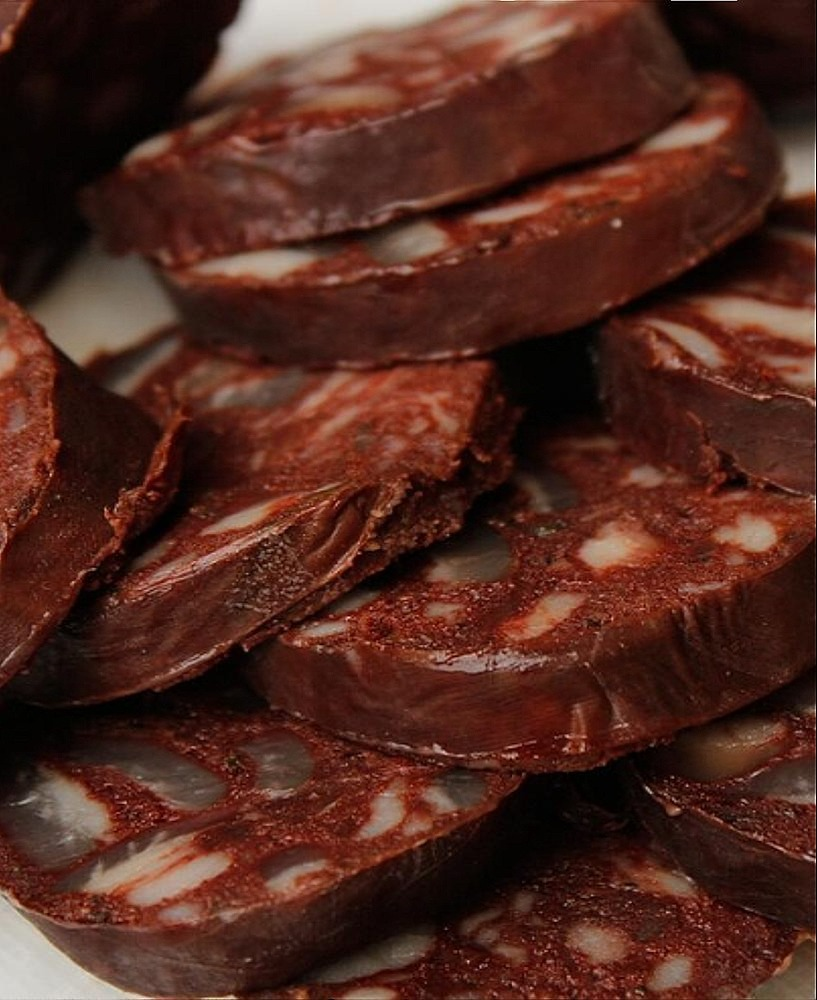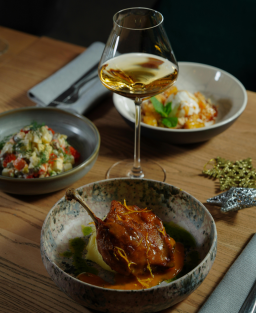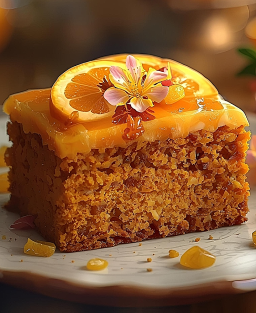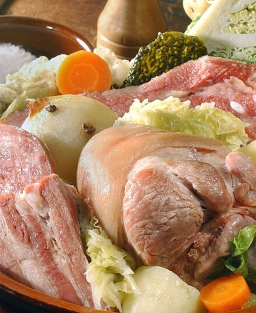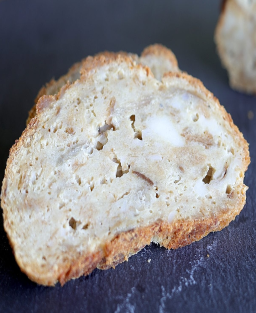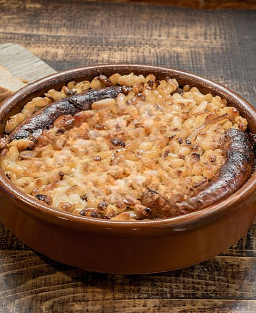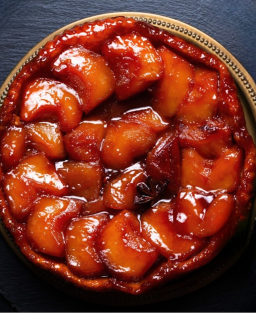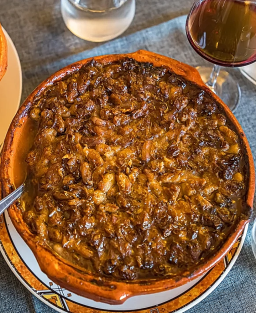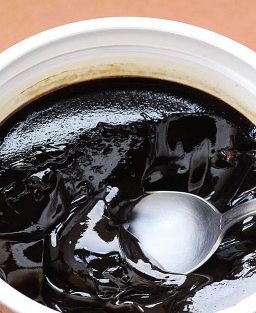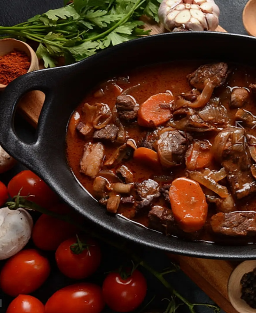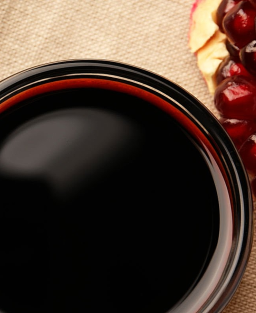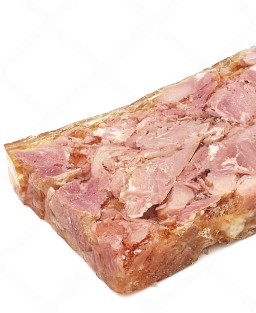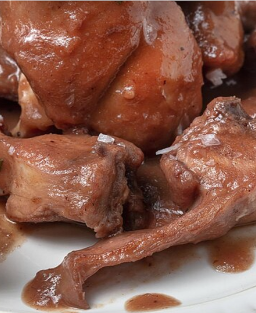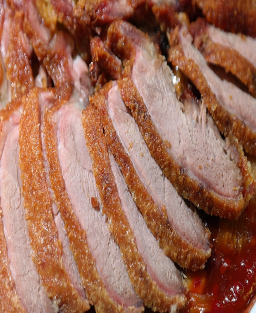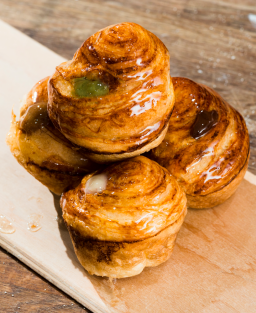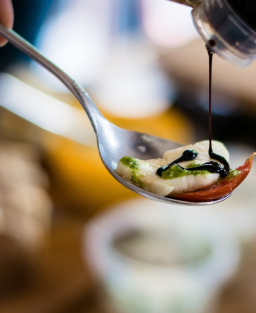Traditional Recipe for Black and White Pudding – Charcuterie Based on Blood and Meat, Regional Variants
Traditional Recipe for Black and White Pudding – Charcuterie Based on Blood and Meat, Regional Variants
Discover the traditional recipe for black and white pudding, an ancient charcuterie made from blood or white meat, with French and European regional variants, either protected or local.
Country / Region
-
Country: France, Europe, Antilles
-
Region: Maine, Rethel, Avesnois, Mortagne-au-Perche, Limousin, Burgundy, Alsace, Lyon, Forez, Périgord, Corsica, Nice, Italy, Germany, United Kingdom, Haiti, Antilles
-
Official status: some puddings are protected (Label Rouge, PGI, foreign equivalents)
-
Recipe inventor: oral tradition
-
Specifications: Yes for protected puddings, No for local variants
-
Certification body: INAO (France), European organizations according to country
History
-
Ancient origin: Aphtonite (Greece), references in Homer’s Odyssey and Apicius’ De re coquinaria.
-
Middle Ages: consumed in taverns.
-
Evolution: black pudding → white pudding → regional and international variations.
Legend or Anecdote
-
Pudding was traditionally prepared during autumn slaughtering, associated with Saint Martin festivities.
Recipe Description
-
Charcuterie made from blood or white meat, cooked in natural or artificial casings.
-
Served hot or cold according to local tradition.
-
Regional variants: incorporating apples, onions, chestnuts, rice, cereals, vegetables, or aromatic herbs.
Main Ingredients
| Ingredient Name | Quantity | Approximate Weight (g) |
|---|---|---|
| Pork blood | 40–60 % | Variable by size |
| Pork or white meat (veal, poultry) | 20–60 % | Variable |
| Pork fat | 20–30 % | Variable |
| Natural or artificial casings | according to size | N/A |
| Complementary ingredients (onions, apples, chestnuts, rice, herbs) | according to variant | Variable |
Necessary Utensils
-
Meat grinder (3–6 mm plate)
-
Sausage stuffer or funnel
-
Mixing bowl
-
Casserole or deep oven dish with lid
-
Probe thermometer
Preparation – Detailed Professional Description
-
Hygiene and Food Safety
-
Wash hands thoroughly before and after handling meat and blood.
-
Work on a clean and disinfected surface.
-
Wear food-grade gloves when in contact with blood or mixture.
-
Keep ingredients refrigerated at +2/+4 °C until mixing.
-
Clean and disinfect utensils (grinder, stuffer, board) before and after use.
-
Ensure the cold chain is maintained for blood, meat, and casings.
-
Respect minimum internal temperatures: 70–75 °C for black pudding, 65–70 °C for white pudding.
-
Ingredient Preparation
-
Meat and fat: cut into regular cubes, remove nerves and tendons, finely grind with a 3–6 mm plate according to desired texture.
-
Blood: add 1–2 % vinegar to limit immediate coagulation, keep chilled until mixing.
-
Spices and dry ingredients: prepare a homogeneous mixture (salt, pepper, nutmeg, clove, etc.).
-
Complementary ingredients: onions, apples, chestnuts, vegetables, rice, cereals, or aromatic herbs, pre-cooked or blanched if necessary.
-
Mixing the Filling
-
Carefully mix blood, meat, fat, and seasonings in a cold bowl.
-
Gradually add complementary ingredients.
-
Stir evenly to obtain a homogeneous mixture without air bubbles.
-
Check consistency: it should be flexible but firm enough for stuffing.
-
Preparing the Casings
-
Rinse natural casings in cold water, then soak in a saline or vinegar solution if needed.
-
Check for holes or tears.
-
Keep refrigerated until filling.
-
Filling
-
Fill casings using a stuffer or funnel, avoiding air bubbles.
-
Tie ends with food-grade string.
-
Prick lightly with a needle to allow air to escape and prevent bursting during cooking.
-
Initial Cooking
-
Cook in simmering water (not boiling) or aromatic broth to protect texture.
-
Control temperature: black pudding 70–75 °C, white pudding 65–70 °C.
-
Approximate time: 20–30 min for standard size.
-
Keep cooking gentle to avoid casing rupture.
-
Check internal temperature with a probe thermometer.
-
Finishing
-
Lightly fry in butter, pork fat, or oil to slightly brown the skin.
-
Some variants: grill or roast in the oven according to recipe.
-
Serve hot or cold according to tradition.
-
Maintain serving temperature: hot +60 °C minimum.
-
Quality Control and Storage
-
Check appearance, color, texture, and cooking.
-
Rapidly cool puddings intended to be eaten cold.
-
Store refrigerated (+2/+4 °C) or freeze if necessary.
-
Respect consumption deadlines: fresh 2–3 days, cooked 4–5 days refrigerated.
-
Technical Notes
-
Ingredient cutting: regular cubes or fine grind according to final texture.
-
Charcuterie: respect proportions of blood, fat, meat, and ingredients according to variant.
-
HACCP standards: critical points identified for blood, cooking, cooling, and storage.
Regional Variants – Europe
-
Italy – Sanguinaccio: pork blood 50–60 %, sugar or honey 10 %, cocoa/chocolate 10 %, flour/starch 10 %, spices 2–3 %, casings.
-
Germany – Blutwurst: blood 50 %, fat 20–25 %, rind 10 %, spices and salt 5–10 %, cereals 10–15 %.
-
Rotwurst (Thuringia): blood 50 %, lean meat 30 %, spices 5 %, natural casings 15 %.
-
Zungenwurst: blood 40–50 %, fat 20 %, pork/beef tongue 20 %, spices 5–10 %, casing.
-
British Isles – Black pudding: pork or beef blood 50 %, cereals 30–35 %, fat 10–15 %, spices 2–5 %.
Regional Variants – France
-
Maine pudding: blood 50 %, fat 20 %, barley 20 %, salt/spices 10 % (Label Rouge)
-
Onion pudding / Paris: blood 33 %, fat 33 %, cooked onions 33 %
-
Watercress pudding: blood 50 %, fat 20 %, watercress 20 %, seasoning 10 %
-
Apple pudding: blood 50 %, fat 20 %, cooked apples 20–25 %, seasoning 5–10 %
-
Chestnut pudding (Limousin): blood 40–50 %, fat 20 %, chestnuts 25 %, salt/spices 5–10 %
-
Burgundy pudding: blood 50 %, fat 25 %, flavoring (wine, spices) 10–15 %, casing 10 %
-
Alsace pudding: blood 50 %, fat 25 %, raisins 10 %, spices 5 %, casing 10 %
-
Mortagne-au-Perche pudding: blood 50 %, fat 40 %, spices 10 % (PGI)
-
Meat pudding (Southwest): blood 40 %, rind 30 %, meat 20 %, spices 10 %
-
Lyon pudding: blood 40 %, fat 30 %, cream 10–15 %, vegetables/herbs 10–15 %, spices 5 %
-
Herb pudding (Forez): blood 10 %, fat 30 %, vegetables/herbs 60 %
-
Jimboura / gimboura (Périgord): blood 30–40 %, vegetables 40 %, herbs 10 %, spices 10 %
Regional Variants – Corsica, Antilles, and Nice
-
Sangui (Corsica): blood 50 %, fat 20 %, Swiss chard 15–20 %, herbs/spices 5–10 %
-
Haitian / Creole blood pudding: blood 40–50 %, fat 20 %, vegetables/herbs 20–25 %, chili/spices 5–10 %
-
Trulle (Nice): blood 30–40 %, fat 20 %, Swiss chard 15 %, pre-cooked rice 15–20 %, herbs 5–10 %
White Pudding
-
Base ingredients: white meat (pork, veal, or poultry) 50–60 %, milk or cream 20–25 %, eggs 5–10 %, fat 10–15 %, seasoning and casings 5 %
-
Variants: with truffles, vegetables, fine herbs, flavored with nutmeg or white wine
-
Protect and cook gently according to Label Rouge specifications (e.g., Rethel)
Protected Puddings – Official Table
| Pudding | Country | Status / Protection | Particularities |
|---|---|---|---|
| Black pudding from Maine | France | Label Rouge | Blood 50 %, fat 20 %, barley 20 %, salt/spices 10 %, gentle cooking |
| White pudding from Rethel | France | Label Rouge | White meat, milk/cream, eggs, natural casings, spices |
| Black pudding from Avesnois | France | Label Rouge | Traditional mixture with onions and spices |
| Black pudding from Mortagne-au-Perche | France | PGI | Blood 50 %, fat 40 %, spices 10 %, local production |
| Blutwurst | Germany | g.g.A. | Blood 50 %, fat 20–25 %, rind 10 %, cereals 10–15 % |
| Sanguinaccio | Italy | PGI / DOP | Blood 50–60 %, sugar/honey 10 %, cocoa/chocolate 10 %, flour 10 %, spices 2–3 % |
| Black pudding (Cumberland) | UK | PGI | Blood 50 %, cereals 30–35 %, fat 10–15 %, spices 2–5 % |







